Interivision Speaker Interviews
Q&A: Ohio State University on how electrification and autonomous driving provide opportunities for interiors
Ohio State University - Dr. Ken Boyer
 Ahead of the inaugural InteriVision Summit in Novi on October 23, Dr Ken Boyer, professor of supply chain management at Ohio State University, and author of The Electric Vehicle Revolution: Five Visionaries Leading the Charge, provides insight into how electrification and autonomous driving offer new opportunities for designers to reimagine interiors in transportation.
Ahead of the inaugural InteriVision Summit in Novi on October 23, Dr Ken Boyer, professor of supply chain management at Ohio State University, and author of The Electric Vehicle Revolution: Five Visionaries Leading the Charge, provides insight into how electrification and autonomous driving offer new opportunities for designers to reimagine interiors in transportation.
Q. As an expert in electric vehicles, how do you see the design of automotive interiors evolving to support the unique requirements and opportunities presented by EVs, such as battery placement and space optimization?
Since EVs often have the batteries in a skateboard-type configuration, the ride tends to be smoother and low to the ground. This also opens up new opportunities to completely rethink the interior spaces of the car. One way this may evolve is with moveable seating – so long as safety protection, including seatbelts and air bags, can be designed to protect passengers.
Q. With the growing emphasis on sustainability in EV production, what strategies do you believe manufacturers should adopt to ensure that interior materials and technologies are aligned with eco-friendly principles?
One of the challenges is that most things in our modern world are made up of chemical amalgamations of materials, which makes recycling difficult since taking materials back to the original state requires expensive processing. Manufacturers should investigate and research the use of single material types that can be detached when the car owner chooses to upgrade or sell the car.
Q. EVs often come with advanced technology integrations. How do you think interior designers and engineers can best leverage the benefits of electric drivetrains to create more innovative and tech-driven cabin experiences?
Self-driving technology – which is still a long way from reality – will allow the steering wheel, brake and gas (acceleration) pedals to disappear. That opens up new possibilities – even the possibility of pulling down shades over the windows. Imagine a traveling theater or a bedroom. Tesla currently offers a range of light shows, mostly on the outside of its models. When self-driving technology is fully approved for widespread use, these shows may be done inside the car with screens pulled.
Q. Battery efficiency and energy management are critical for EVs. How can interior components, such as heating, cooling and entertainment systems, be designed to minimize energy consumption without compromising user comfort?
Designers will need to track the draw on the power management system and also game-plan different scenarios. Longer trips will be the biggest challenge as battery range is a key component of driver anxiety and a barrier to adoption. Throttling usage in entertainment systems on longer trips may help, and clearly heating and air-conditioning need to be maintained at a high level. At the same time, thousands of people, companies and governments around the world are researching and innovating new battery chemistries to speed up charging time and enhance the total charge. The world has had almost a century and a half to ‘optimize’ systems built around gasoline engines, since Otto Benz built his Motorwagen. EVs should move down a very steep learning curve and interior designers will be key contributors.
Q. From a supply chain perspective, what are the unique challenges of sourcing materials for EV interiors, particularly when balancing innovation, sustainability and cost? How can companies mitigate these challenges?
It’s very hard to balance innovation, sustainability and cost. My thought is that keeping things as modular as possible and designing for disassembly at the end of use is key. Companies and designers will need to be strategic about forming partnerships with suppliers of materials. In some cases this will require vertical integration across companies, in other cases it will mean strategic partnerships.
Dr Boyer’s presentation on October 23 will pull from history and contemporary media to examine how the ‘gears of change’ (the willingness of companies, customers and governments to commit) must mesh with transforming supply networks (automotive OEMs, software providers, interior suppliers) and the ability to profit. For Dr Boyer, all three must be aligned and mesh for change to occur.
To find out more and to register to attend the summit, please visit the website.

